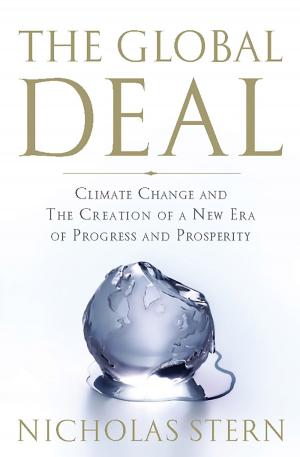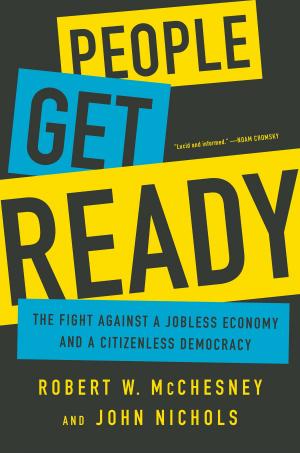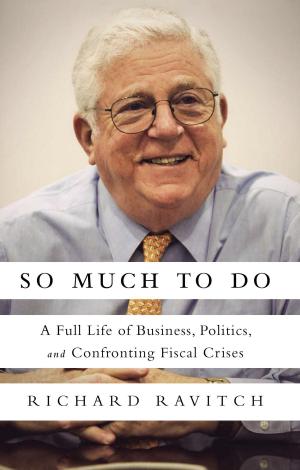The Noir Forties
The American People From Victory to Cold War
Nonfiction, History, Americas, United States, 20th Century, Modern| Author: | Richard Lingeman | ISBN: | 9781568586908 |
| Publisher: | PublicAffairs | Publication: | December 4, 2012 |
| Imprint: | Bold Type Books | Language: | English |
| Author: | Richard Lingeman |
| ISBN: | 9781568586908 |
| Publisher: | PublicAffairs |
| Publication: | December 4, 2012 |
| Imprint: | Bold Type Books |
| Language: | English |
From one of our finest cultural historians, The Noir Forties is a vivid reexamination of America's postwar period, that age of anxiety” characterized by the dissipation of victory dreams, the onset of the Red Scare, and a nascent resistance to the growing Cold War consensus.
Richard Lingeman examines a brief but momentous and crowded time, the years between VJ Day and the beginning of the Korean War, describing how we got from there to here. It evokes the social and cultural milieu of the late forties, with the vicissitudes of the New Deal Left and Popular Front culture from the end of one hot war and the beginning of the cold one-and, longer term, of a cold war that preoccupied the United States for the next fifty years. It traces the attitudes, sentiments, hopes and fears, prejudices, behavior, and collective dreams and nightmares of the times, as reflected in the media, popular culture, political movements, opinion polls, and sociological and psychological studies of mass beliefs and behavior.
From one of our finest cultural historians, The Noir Forties is a vivid reexamination of America's postwar period, that age of anxiety” characterized by the dissipation of victory dreams, the onset of the Red Scare, and a nascent resistance to the growing Cold War consensus.
Richard Lingeman examines a brief but momentous and crowded time, the years between VJ Day and the beginning of the Korean War, describing how we got from there to here. It evokes the social and cultural milieu of the late forties, with the vicissitudes of the New Deal Left and Popular Front culture from the end of one hot war and the beginning of the cold one-and, longer term, of a cold war that preoccupied the United States for the next fifty years. It traces the attitudes, sentiments, hopes and fears, prejudices, behavior, and collective dreams and nightmares of the times, as reflected in the media, popular culture, political movements, opinion polls, and sociological and psychological studies of mass beliefs and behavior.















